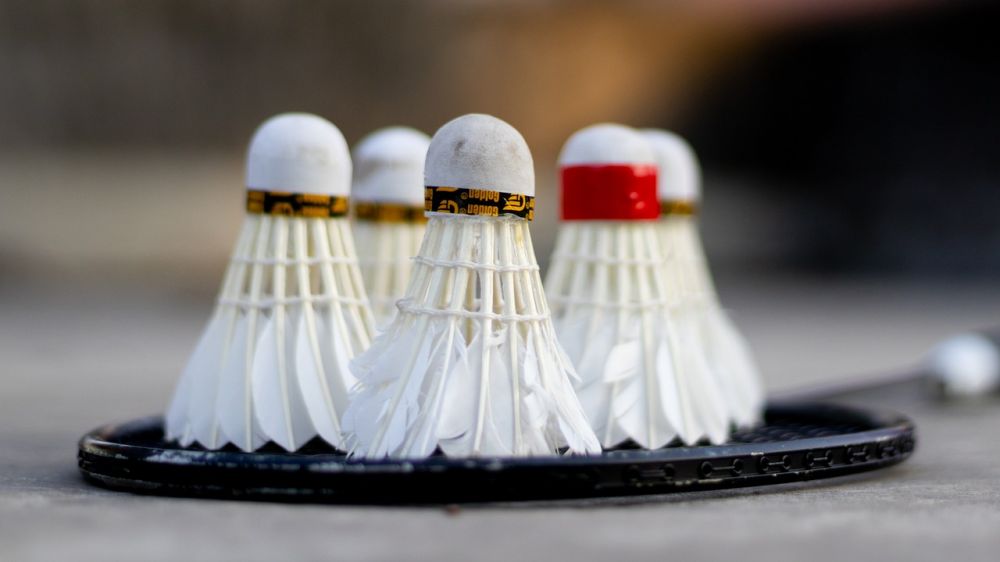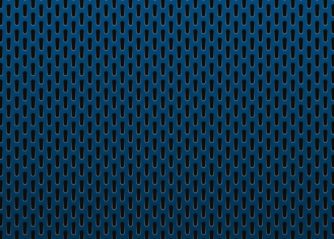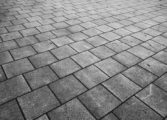Badminton Ball: A Comprehensive Overview

Introduction:
Badminton is a popular sport enjoyed by millions worldwide. One crucial element of the game is the badminton ball, also known as a shuttlecock or birdie. In this article, we will delve into the intricacies of the badminton ball, its various types, quantitative measurements, differences between them, and a historical analysis of their pros and cons.
Overview of Badminton Ball:

The badminton ball is a conical projectile used in the sport of badminton. It consists of a rounded cork base topped with sixteen feathers. The feathers are strategically placed and adhere to strict regulations defined by the Badminton World Federation (BWF). The primary purpose of the feathers is to offer stability during flight and maintain an optimal trajectory throughout gameplay.
Types of Badminton Ball:
There are two main types of badminton balls: the feather shuttlecock, commonly used in professional matches, and the plastic shuttlecock, often used in recreational play. The feather shuttlecock is esteemed for its superior flight characteristics and playability. On the other hand, the plastic shuttlecock is more durable and affordable, making it a popular choice for beginners or casual players.
Popular Badminton Ball Brands:
Several renowned brands manufacture high-quality badminton balls. Yonex, Victor, Li-Ning, and RSL are among the most popular ones. These brands have established their reputation in the badminton community by consistently producing shuttlecocks that meet international standards and deliver exceptional performance.
Quantitative Measurements of Badminton Ball:
To ensure fairness and consistency in gameplay, the BWF has defined specific parameters for badminton balls. These include the weight, flight performance, and durability. Regulation feather shuttlecocks weigh between 4.74 to 5.50 grams, while plastic shuttlecocks usually weigh around 5 grams. The flight performance is measured by the shuttlecock’s speed, stability, and accuracy, which are assessed through rigorous testing procedures.
Differences between Badminton Balls:
Feather and plastic shuttlecocks differ significantly in terms of flight dynamics, longevity, and cost. Feather shuttlecocks offer better flight performance due to their exquisite design and natural materials. However, they are more fragile and usually have a shorter lifespan. On the other hand, plastic shuttlecocks are more durable and can endure intense gameplay, making them suitable for long-lasting recreational sessions.
Historical Analysis of Badminton Ball:
Throughout history, advancements in technology and changes in players’ preferences have influenced the design and materials used in badminton balls. The original shuttlecock was made of cork and peacock feathers. Over time, synthetic feathers were introduced to address issues of supply and cost. Ultimately, plastic shuttlecocks emerged as a viable alternative to meet the growing demand for durable and affordable options.
Pros and Cons of Different Badminton Balls:
Feather shuttlecocks offer unparalleled flight performance, allowing players to execute precise shots with optimal control. However, they are more expensive and susceptible to damage. Plastic shuttlecocks, on the other hand, offer durability and affordability, making them accessible to a wider range of players. However, they may lack the same level of control and accuracy found in feather shuttlecocks.
Conclusion:
The badminton ball, whether feather or plastic, plays a crucial role in the sport of badminton. It is vital for players to understand the differences, benefits, and drawbacks of various shuttlecocks to enhance their gaming experience. Whether one seeks professional competition or friendly recreational play, choosing the right badminton ball is crucial for achieving optimal performance and enjoyment on the court.
Badminton ball highlights or instructional video]
















































